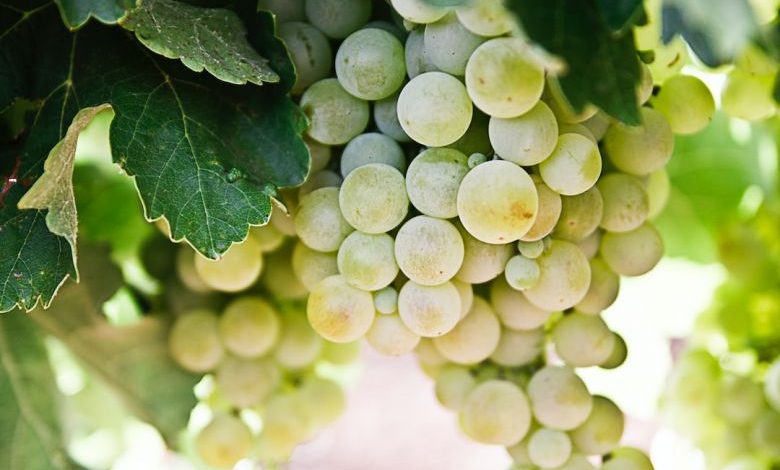How to Plant and Maintain a Fruit Tree in My Backyard?

Planting and maintaining a fruit tree in your backyard can be a rewarding and fruitful experience. Not only will it provide you with fresh and delicious fruit, but it can also enhance the beauty of your outdoor space. If you’re ready to embark on this gardening adventure, here’s a step-by-step guide on how to plant and maintain a fruit tree in your backyard.
Choosing the Right Tree
The first step in planting a fruit tree is selecting the right one for your climate and space. Consider the amount of sunlight your backyard receives and the type of soil you have. Some fruit trees thrive in full sun, while others prefer partial shade. Additionally, certain fruit trees require specific soil conditions, so it’s essential to choose a tree that is compatible with your soil type.
Preparing the Soil
Before planting your fruit tree, it’s crucial to prepare the soil properly. Start by removing any weeds or grass from the planting area. Dig a hole that is twice as wide and deep as the tree’s root ball. This will provide enough space for the roots to spread out and establish themselves. Mix organic matter, such as compost or well-rotted manure, into the soil to improve its fertility and drainage.
Planting the Tree
Once the soil is prepared, it’s time to plant your fruit tree. Gently remove the tree from its container or burlap wrapping, being careful not to damage the roots. Place the tree in the center of the hole, ensuring that the bud union (the swollen area where the tree was grafted onto the rootstock) is above the soil line. Backfill the hole with soil, firming it gently around the roots to eliminate any air pockets.
Watering and Mulching
After planting, water the tree thoroughly to settle the soil and provide moisture to the roots. The frequency and amount of watering will depend on the specific needs of the tree and your climate. Generally, it’s best to water deeply and infrequently rather than shallowly and frequently. Applying a layer of mulch around the base of the tree will help retain moisture, suppress weeds, and regulate soil temperature.
Pruning and Training
Pruning is an essential part of fruit tree maintenance. It helps shape the tree, promotes healthy growth, and improves fruit production. Prune your tree during the dormant season, typically in late winter or early spring. Remove any dead, damaged, or diseased branches, as well as any branches that are crossing or rubbing against each other. Additionally, consider training your tree to a specific form, such as an open center or central leader, to ensure proper structure and optimal fruit production.
Fertilizing and Pest Control
To keep your fruit tree healthy and productive, it’s important to provide it with the necessary nutrients. Fertilize your tree regularly according to its specific requirements. Organic options, such as compost or well-rotted manure, are excellent choices. Be cautious not to over-fertilize, as this can lead to excessive vegetative growth at the expense of fruit production.
Pest control is another critical aspect of fruit tree maintenance. Monitor your tree regularly for signs of pests, such as aphids, mites, or fruit flies. Integrated pest management practices, such as using beneficial insects or organic insecticides, can help keep pest populations in check without harming beneficial organisms.
Harvesting and Enjoying the Fruits
Patience is key when it comes to harvesting your fruit tree. Different fruit varieties have varying ripening times, so it’s important to keep track of when your specific tree is expected to bear fruit. When the fruits are ripe, gently twist or cut them from the tree. Enjoy the fruits fresh, or use them to create delicious culinary creations like pies, jams, or smoothies.
In conclusion, planting and maintaining a fruit tree in your backyard can be a fulfilling and enjoyable endeavor. By choosing the right tree, preparing the soil, and following proper planting and maintenance techniques, you can create an abundant and thriving fruit tree that will provide you with delicious fruits for years to come. So, roll up your sleeves, grab your gardening tools, and get ready to plant your very own fruit tree in your backyard!




